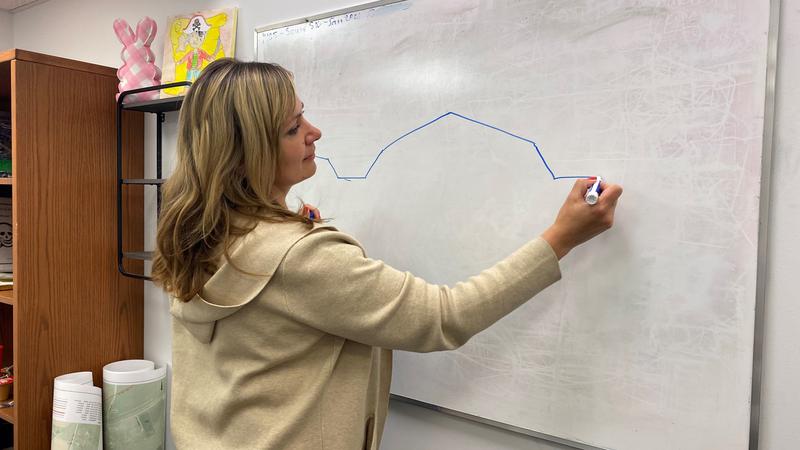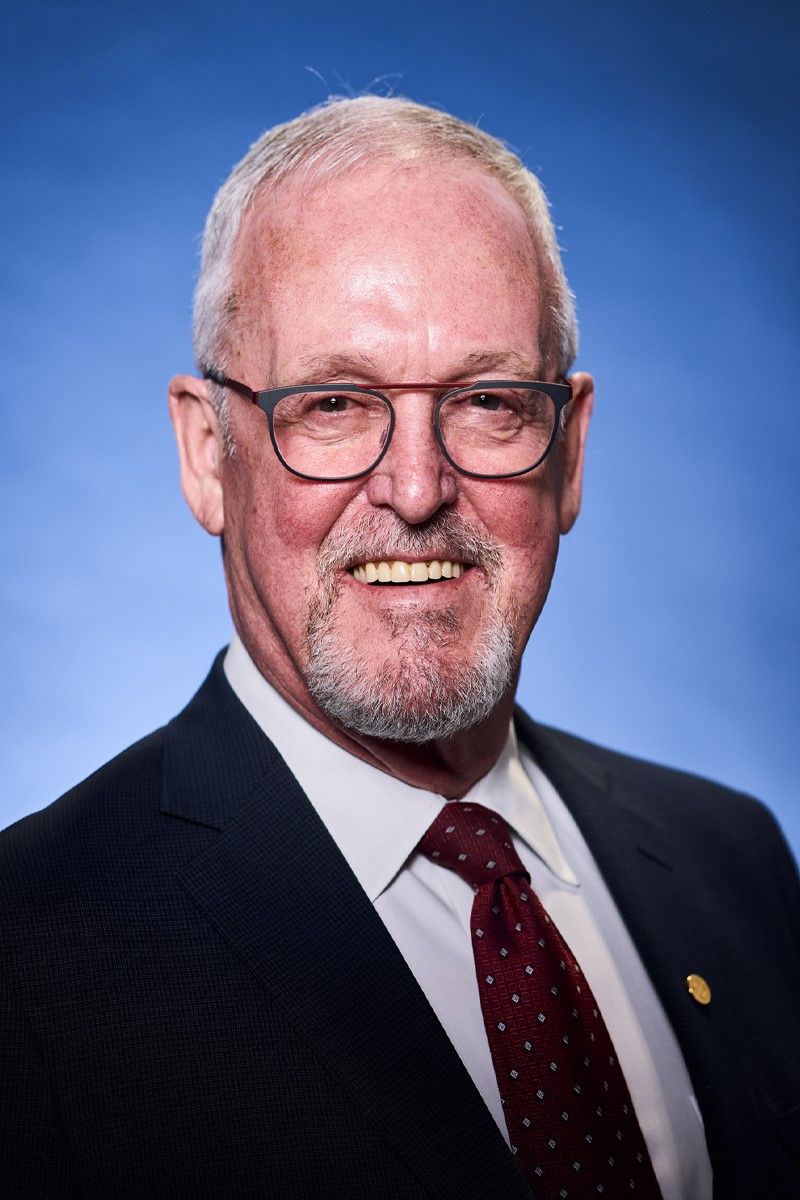
More opportunities needed for foreign-trained applicants
EDMONTON, AB – The Association of Science & Engineering Technology Professionals of Alberta (ASET) is making it easier for refugees in the engineering technology field to receive their accreditation in Alberta.
ASET is the professional regulatory organization for Certified Engineering Technologists (CET), according to Alberta ALIS (career, learning and employment information for Albertans). Applicants must register with ASET to use the CET title under Alberta’s Engineering and Geoscience Professions Act and ASET Regulation.
On May 24, 2022, ASET waived the application fees for refugees attempting to become CETs, which can go up to around $1,000 over time.
The waived fees include the application fee, prior learning assessment and recognition (PLAR) fee, ASET professional practice exam fee, and certification exam fee.



